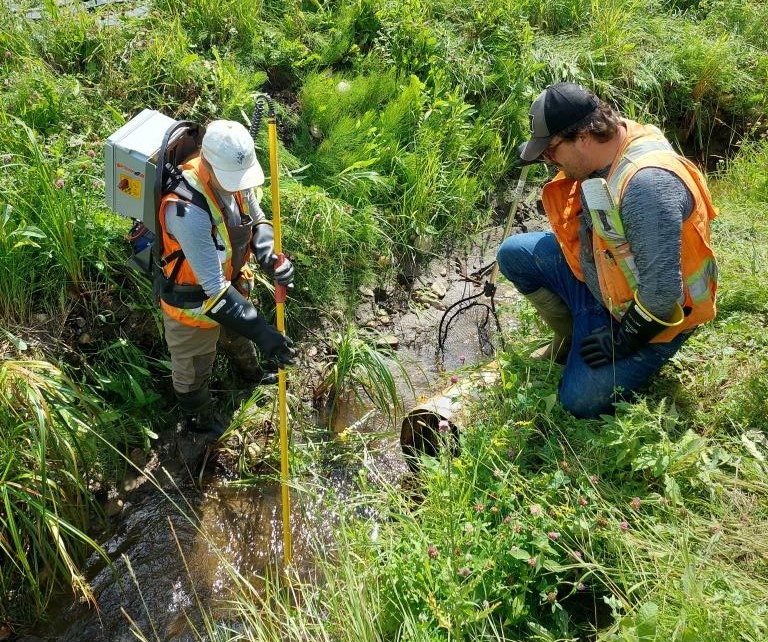In this enlightening interview, we delve into the crucial work of North Shore’s Biophysical team. Rory Campbell, Business Development Lead, engages in a conversation with Emily Harrison, a Biophysical Team Lead. Read on to discover the significance of wildlife sweeps, fish habitat assessments, and wetland delineations in preserving our environment.
Interview Transcript
Rory Campbell: Today, we have the pleasure of speaking with Emily Harrison, a Biophysical Lead with North Shore’s rapidly growing Biophysical team. With a team size that has more than doubled from 2019 to 2023, North Shore is now equipped to offer an extensive range of services, including wildlife sweeps and surveys, fish habitat assessments, water quality monitoring, wetland delineations and assessments, pre-disturbance soil surveys, and regulatory support under the Water Act and Public Lands Act. A unique feature of this team is the multidisciplinary background of each team member, infusing the group with dynamism and flexibility. This diversity allows North Shore’s Biophysical team to adeptly provide an extensive range of services efficiently, ensuring the best possible outcomes for their clients.
Wildlife Sweeps
Rory Campbell: Emily, could you explain what a wildlife sweep entails and why it’s conducted?
Emily Harrison: Absolutely, Rory. A wildlife sweep involves systematically searching an area for important wildlife or wildlife features, such as dens, nests, hibernacula, and mineral licks. We walk transects through both the direct disturbance area and a buffer zone. These sweeps are often a condition of approval under the Public Lands Act or can be undertaken to demonstrate due diligence prior to any disturbance across the province. They are typically conducted within 10 days before a disturbance, their purpose is to minimize risks to wildlife and their habitat. If we identify any significant wildlife or features, we offer recommendations to mitigate potential disturbance and ensure legal compliance.
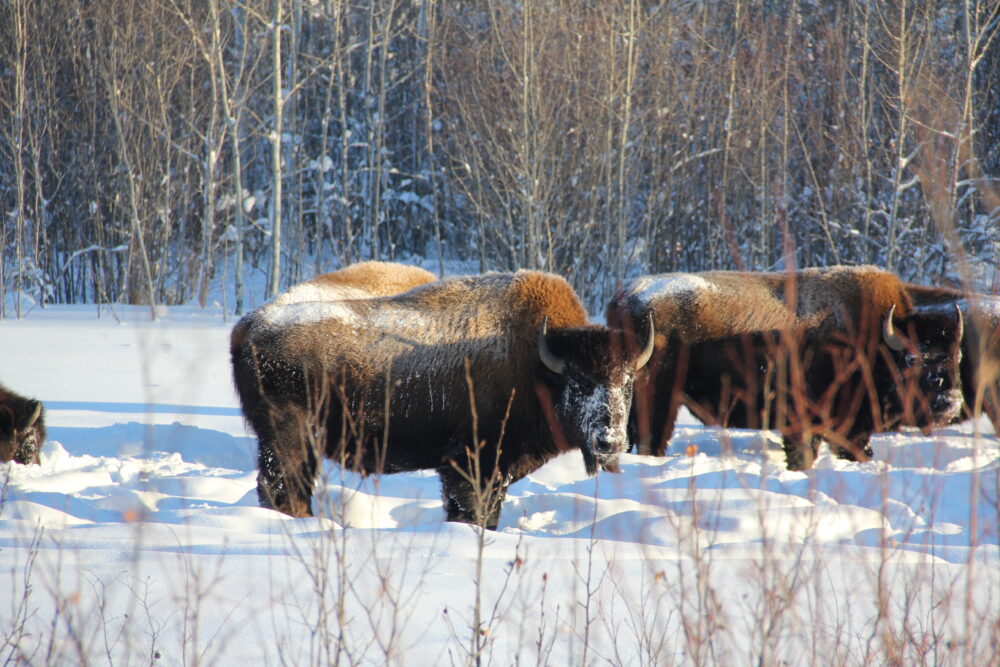
Challenges with Wildlife Sweeps
Rory Campbell: It’s fascinating work, Emily. Let’s talk about challenges. What are some of the most daunting aspects of conducting wildlife sweeps, and how does your team tackle them?
Emily Harrison: Great question, Rory. While terrain and dense vegetation pose ongoing challenges, the biggest hurdle is often short notice for sweeps, like a request for the next day or just before a long weekend. We find that proper preparation, including thorough desktop reviews, helps smoothen the process. We strongly encourage our clients to involve their Environment teams or consultants during their construction planning stage to ensure a successful outcome.
The Rewarding Aspects of Wildlife Sweeps
Rory Campbell: Preparation truly is key. Emily, could you share the most rewarding aspect of completing wildlife sweeps?
Emily Harrison: There’s a unique joy in exploring remote corners of the province and spending a day in the heart of nature. Beyond that, the ultimate reward lies in safeguarding wildlife and their habitats. I also truly enjoy the opportunity to educate fellow industry professionals about our work and its significance.
Fish Habitat Assessments
Rory Campbell: Thank you for that insight, Emily. Could you shed some light on fish habitat assessments? What’s involved and why are they crucial?
Emily Harrison: Fish habitat assessments are performed by our Qualified Aquatic Environmental Specialists (QAES). These assessments involve mapping and evaluating the capacity of a waterbody to support aquatic life, particularly fish populations. These assessments are done before any disturbance to a watercourse, such as bridge installations, culvert replacements, or pipeline watercourse crossings. These assessments are a regulatory requirement and they allow us to provide recommendations to our clients on maintaining habitat quality during and after the disturbance.
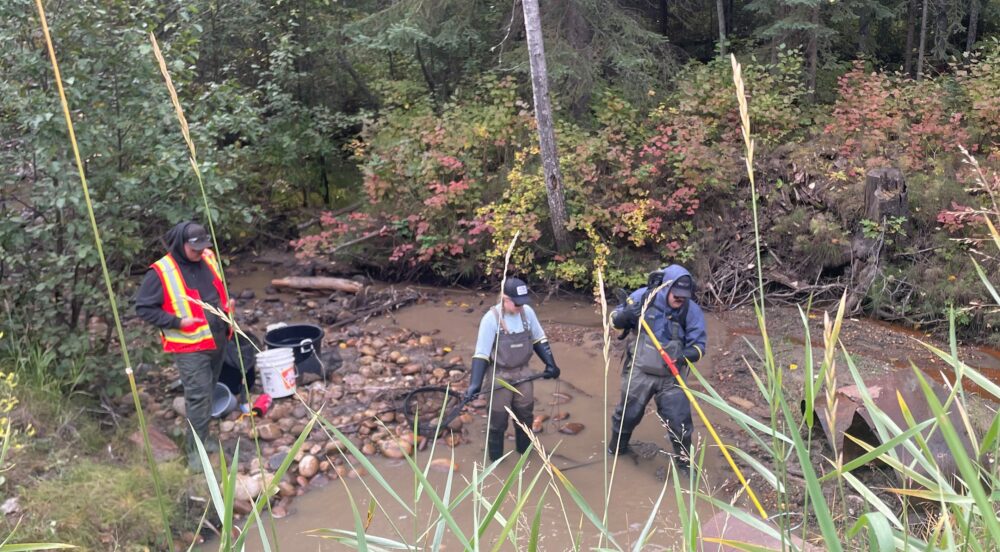
Wetland Delineations
Rory Campbell: Excellent information. Now, moving on to wetland delineations. Could you clarify what these entail and their significance?
Emily Harrison: Certainly, Rory. Wetland delineations involve mapping wetlands through aerial imagery and/or on-site field assessments. These delineations often support regulatory applications under the Water Act and Wetland Policy and serve as a basis for us to suggest strategies to minimize impacts on vital environmental features.
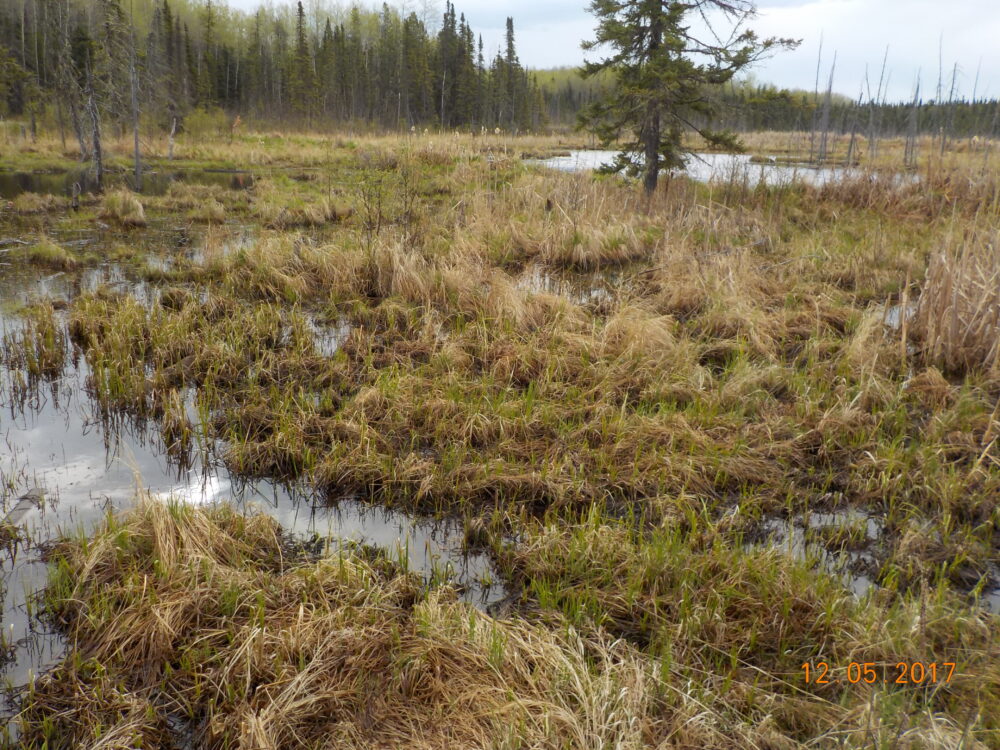
Memorable Experiences
Rory Campbell: That’s incredibly fulfilling work, Emily. Lastly, do you have any captivating experiences you’d like to share?
Emily Harrison: One standout memory occurred not even onsite, but en route to one. During a trip to Rainbow Lake for winter wildlife sweeps, we spotted an owl in a tree near the highway. After safely turning around, we watched it hunting in the ditch for about 20 minutes. It’s a reminder that wildlife are everywhere; you just need to keep your eyes open.
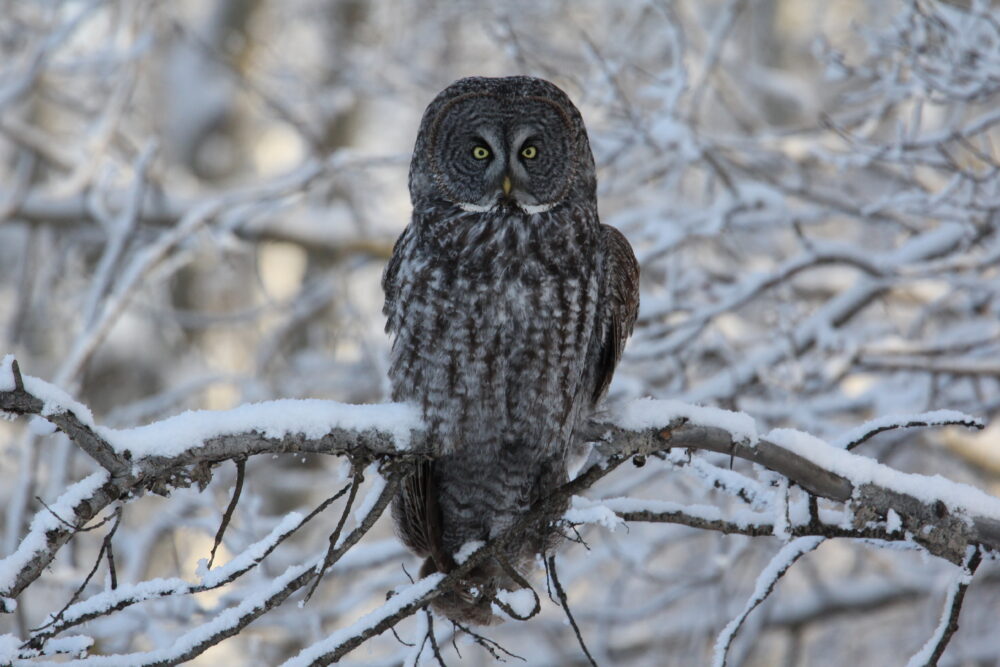
Closing Thoughts
Rory Campbell: Thank you, Emily, for sharing these insights and experiences. It’s been a pleasure talking to you and gaining a deeper understanding of the vital work your team carries out.
Emily Harrison: Thank you, Rory. It’s been a pleasure discussing our work and its importance.

